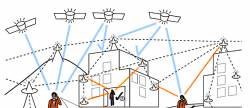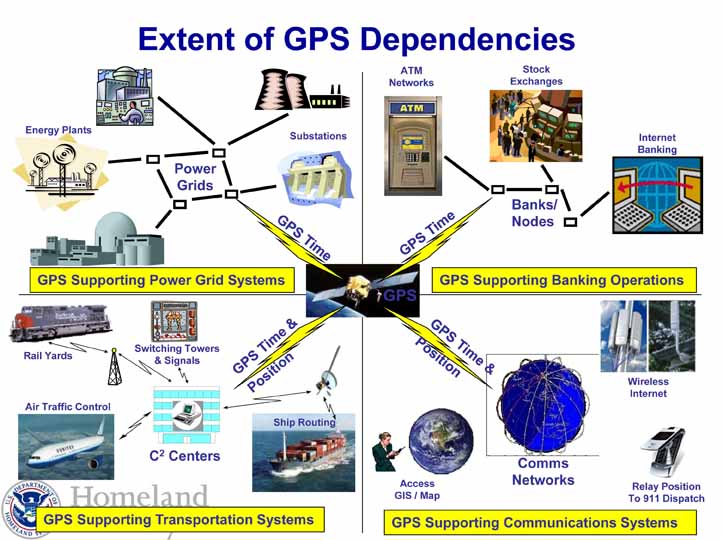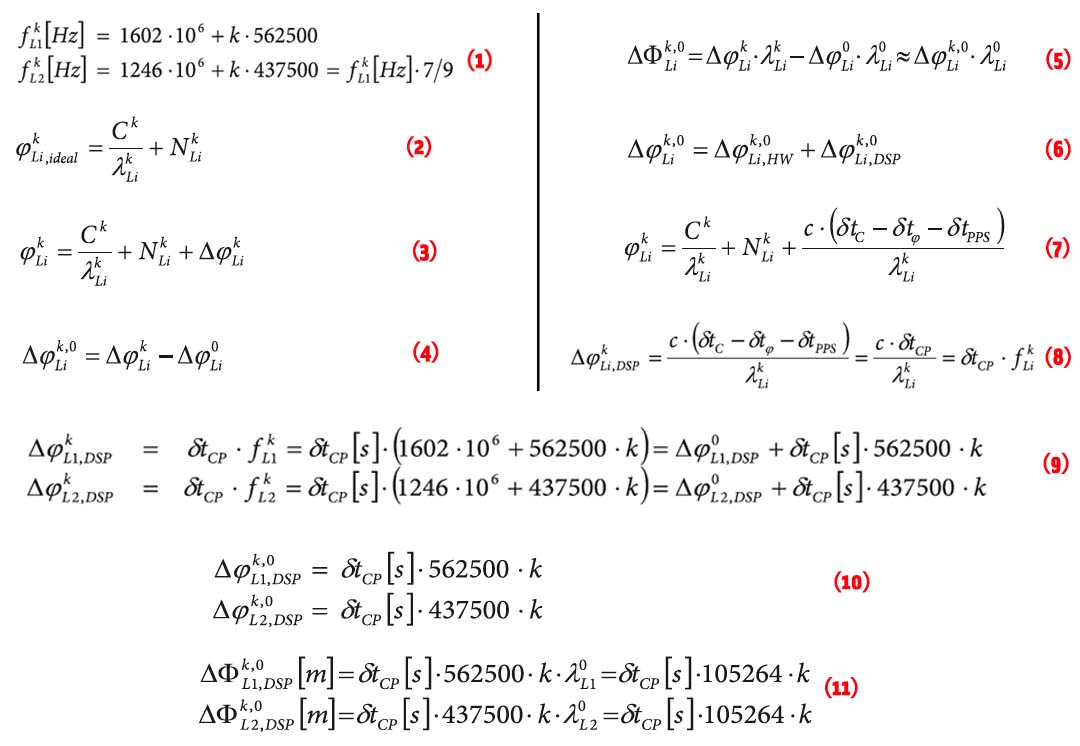GPS Advisors Urge Air Force to Switch on Full L2 Civil Signal
The nation’s top GPS experts pressed the Air Force this week to turn on the full capability of the L2C civil GPS signal that the military has been broadcasting without a navigation message despite having had signal-equipped satellites on orbit for years.
By Inside GNSS













